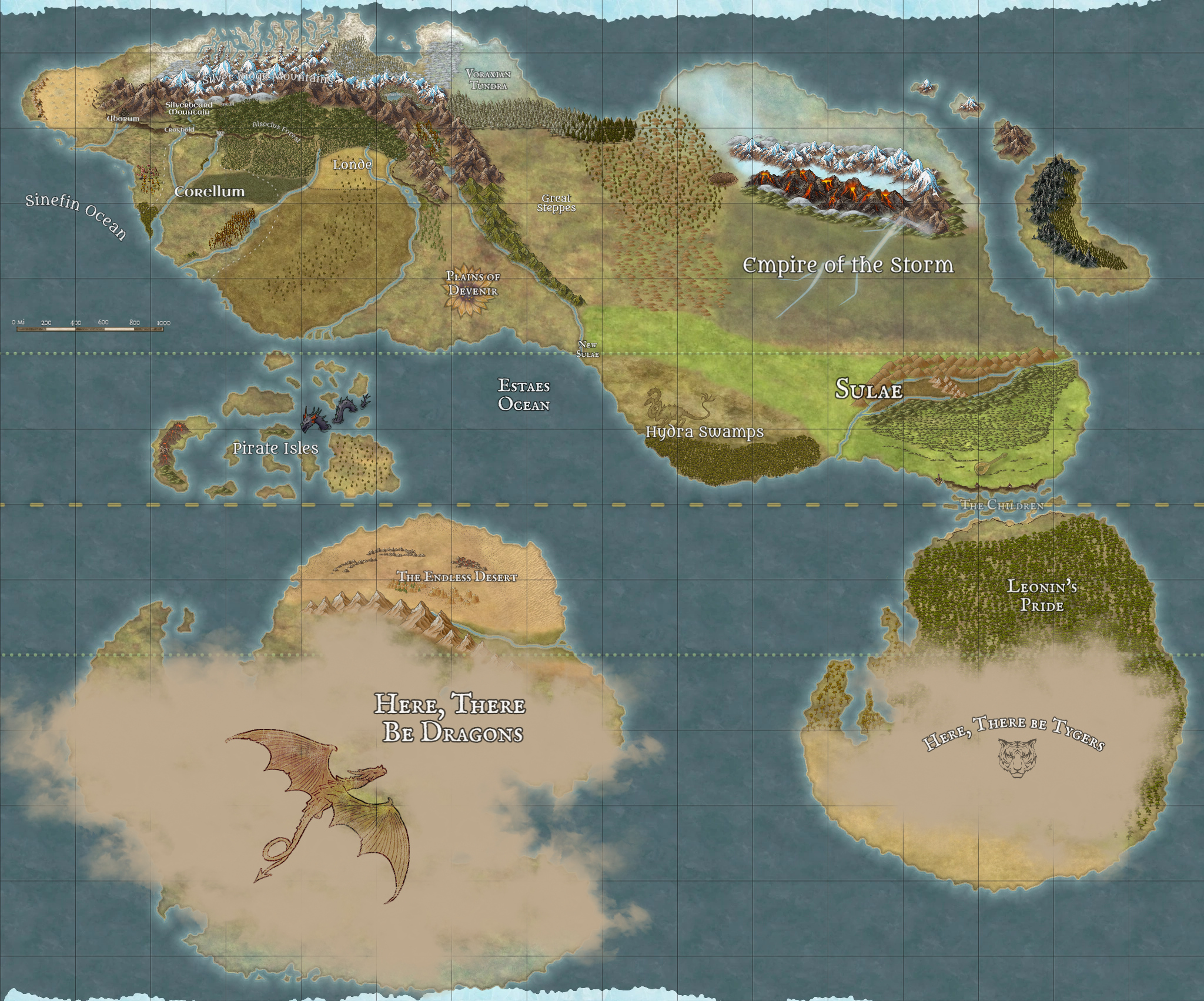Fierte's Forge
The Forge is the temple of Fierte, and consists of the main temple, the Rune Smith, and the Black Smith in the surrounding area. Many of the Dwarves worship in the temple, and one can often find a member of the Dungeoneers in the temple, asking for a blessing on their weapons before going on an assignment.
The head of church, a Cleric named Hilda Brightforge, teaches crafting of almost all types, and hires out the services of the Church. They have, without question, the best crafted goods in the city. While they will trade with anyone, instruction is only given to those deemed worthy of the tenets of Fierte. Hilda will get involved in this if she must, communing with the Deity to ask whether someone can be trusted.
Hilda was an acolyte in this very temple when she was younger, until she got a calling from Fierte. She was tasked with traveling the world, learning new crafting techniques and spreading the word of Fierte. While she learned how to protect herself, she is much more focused on crafting than being an adventuring cleric.
Purpose / Function
Fierte's Forge is both a house of worship of Fierte, and a place for crafters of all sorts to gather and share techniques.
Architecture
The building is made of precision cut stone. It uses both light colored marble and dark granite in the construction. Granite is used in the foundation, and marble is used in columns and other supports. Beyond that, the building alternates between the two stones, and each separate panel has bas-relief carvings of various crafters at work. The marble panels tend to have carvings of famous masters, while granite panels have different crafting methods performed by unknown crafters. These panels wrap around the entire building, although as of 887 Af., only about two thirds of the total have been carved.
The building is a large square, with three wide steps leading up on all sides. The lower two steps are two feet front to back, with seven inches of rise. The top is five feet from the from the edge to the beginning of the building. The building itself is 100 feet wide and 50 feet high, with a 10 foot high, 50 foot square pergola providing shade to a gathering area on the roof. Each face of the building has an entrance in the center, and the side generally equates to a different type of crafting. The four represented are metalwork on the south, stonework (and glass and ceramics) on the north, woodwork (including paper crafting) to the east, and textile crafting (including leather, dyeing and the like) on the west. Through any entrance is a foyer, when people gather for discussion of the crafts tied to the entrance, and adjoining rooms where some aspects of the crafting can be performed. More dangerous work, such as smithing, is done in nearby buildings. The foyers also have stairways to the upper levels, which contain libraries devoted to the subjects of the entrance, and a guest room for any itinerant followers in town.
All of the entrances eventually lead to a large central room, where all disciplines can gather for directed worship of Fierte, as well as presentations of new techniques or designs. There are four spiral staircases in the room, one in each corner, leading to an identically sized room above. These stairways continue to the roof, where they open to the roof under the pergola. The ground floor room has an altar in the center, which is able to rotate to allow a speaker to be seen by all in attendance. The acoustics in the room are such that anyone at the altar can be heard clearly in any area of the room, while noise in other areas does not travel well. Whether this is because of design on divine blessing, no one outside of the religion knows for sure.
The upper level main chamber is generally used for discussion of combined projects, trade deals, and similar concerns. The tables in the room are generally arranged in a square, allowing everyone to focus together, although they can be rearranged to suit smaller groups. Both rooms have various pieces of art covering most available wall space. The art choices are eclectic, and are chosen by the current head of the temple. Under Hilda Brightforge, there are many tapestries showing the founding of Craghold and the Forge, paintings and sculpture representing Fierte and master crafters that have worked in the Forge, and mosaics made from semi-precious and precious stones. On the roof, there are topiary bushes surrounding various wrought metal benches and tables. There are also several cooking pits, and it is common to see members of the church dining among the greenery during the warmer months.
History
The Forge was the first thing built in Craghold, before any of the mountain had been carved out. Dwarves from Silverbeard mountain left to establish a new mine in the days after the Fracturing, and they settled by the lake at the bottom of the Great Cliff. The first priority was to build a place to celebrate Fierte, and the core room was built. At the time, it was made from wood from the trees cut while clearing the area. As it grew, they eventually replaced all of the wood with stone.
Fierte's Forge is one of the more famous temples of Fierte, although the Crucible in Medene is larger and considered to be more important to the followers of Fierte. The Crucible is the only temple to survive the Fracturing unscathed, making the Forge the second oldest of the temples standing.


Comments